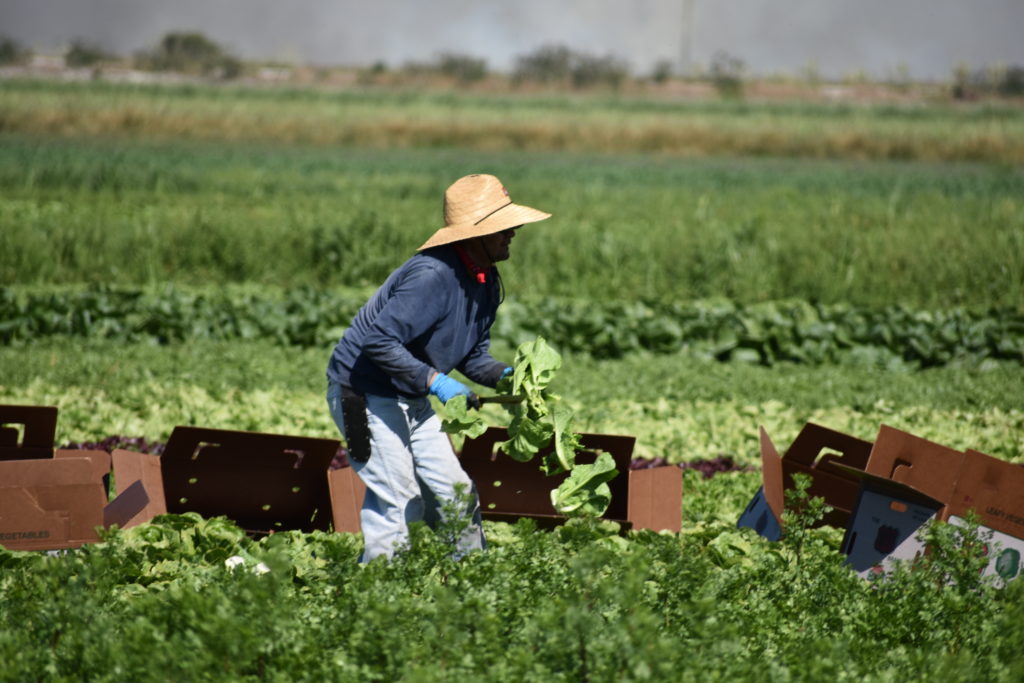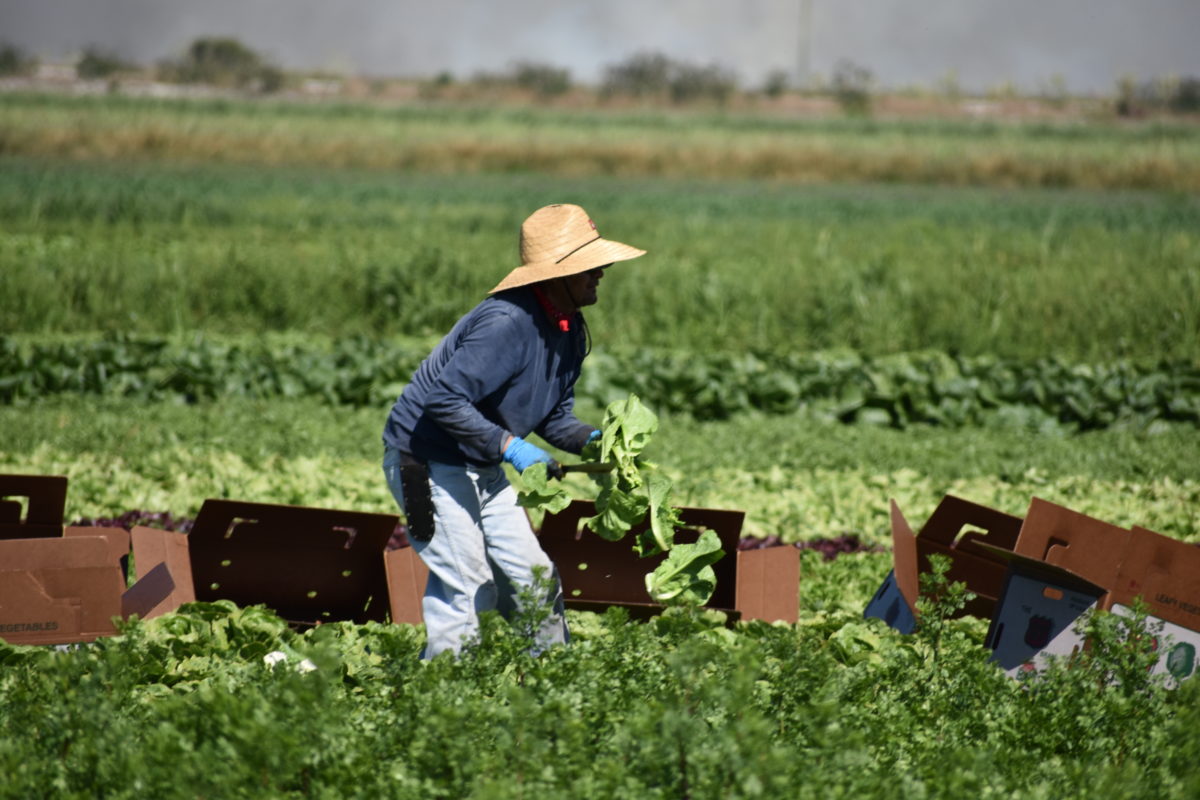
By Clint Thompson
Domestic labor is all but a non-existent option for specialty crop producers. Industry leaders want congressional leaders to understand that reality and the added importance of the H-2A program.
Michael Marsh, president and chief executive officer of the National Council of Agricultural Employers, spoke about the current labor crisis at the Georgia Agricultural Labor Relations Forum last week in Tifton, Georgia.
“We do know that the domestic workforce is aging out. Fewer folks are encouraging their kids to go into seasonal agricultural work. As you have that workforce age out, as long as you have work that’s still being required to be done by hand, you’re going to have to have a workforce. Unfortunately, we can’t get them here,” Marsh said. “Almost immediately (after the COVID pandemic started), conservative members of Congress rushed to do away with the H-2A program. The notion was we’ve got all of these domestic workers to be unemployed, they’ll come out to the farm and do the job. We surveyed all 50 state workforce agencies around the country and asked them one question; from the period of March 1, 2020 to May 15, 2020, how many domestic workers applied for the 97,691 H-2A jobs that were advertised? We got responses back from 28 states; Georgia, Florida, California, Oregon, Washington, Texas, Michigan, New York; the big ag states.
“The total number of domestic workers that applied for the 97,691 jobs was 337. It shows that even though you’ve got a global pandemic and unemployment skyrocketing above 15%, we couldn’t get people to even apply for the job to come out to the farm and do the work. We have to get the workers from somewhere.”
More and More Regulations
The H-2A program is a saving grace for specialty crop producers. But as growers become more reliant on a foreign workforce, they’re encountering an H-2A program that’s adding more and more regulations. Staying compliant with this program is not as easy as it used to be.
“The tsunami of new regulations that we’ve got coming at us from agriculture makes you wonder how everybody can keep up. It’s horrendous,” Marsh said. “It’s just one right after another. I think you heard from one of the Department of Labor speakers. He’s seen exactly what’s going on, because as long as he’s been a bureaucrat, the regulations just keep changing. From a farmer’s perspective, how do you stay on top of everything and stay in compliance?”










